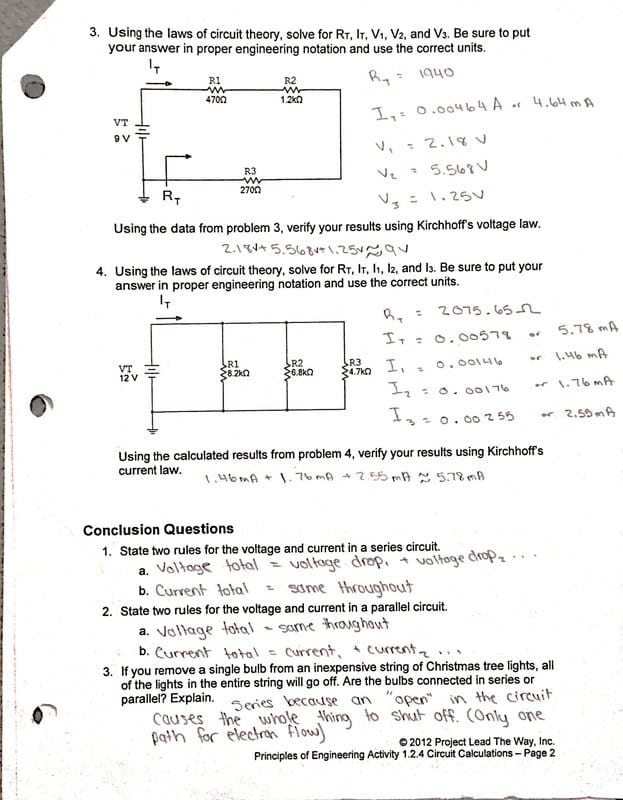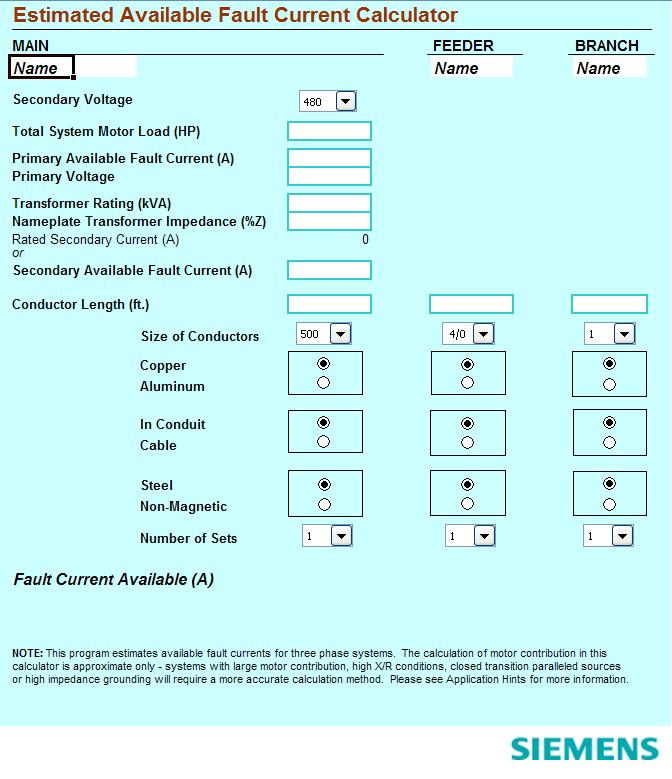Are you struggling with electrical code calculations level 1 lesson 2? Do you find it overwhelming and confusing? Don't worry, you're not alone. In this article, we'll break down the target of electrical code calculations level 1 lesson 2 and provide you with tips on how to master it.
Electrical code calculations can be challenging for anyone, especially beginners. It involves complex formulas and calculations that can make your head spin. However, it's a crucial skill that is required in the electrical industry. That's why it's essential to understand the concepts and formulas to succeed in this field.
Electrical code calculations level 1 lesson 2 is designed to teach you the basic concepts of electrical calculations and how to use them. It covers topics such as voltage drop, conductor sizing, and overcurrent protection. The target of this lesson is to provide you with a solid foundation for more advanced calculations in the future.
In summary, electrical code calculations level 1 lesson 2 is crucial for anyone in the electrical industry. It teaches you the basic concepts and formulas required for more advanced calculations. By mastering this lesson, you'll be on your way to becoming an expert in electrical code calculations.
Understanding Voltage Drop
When it comes to electrical code calculations, one of the most critical concepts is voltage drop. Voltage drop is the decrease in voltage along a conductive path due to the resistance of the wire. It can be a significant problem in electrical systems, especially for long wire runs.

One way to prevent voltage drop is by increasing the wire size, which decreases the resistance. To calculate the voltage drop, you'll need to use Ohm's Law, which states that voltage equals current multiplied by resistance. By understanding voltage drop, you'll be able to design an electrical system that is efficient and reliable.
Conductor Sizing and Overcurrent Protection
Another critical concept in electrical code calculations is conductor sizing and overcurrent protection. A conductor is a wire or cable used to transmit electric current. Overcurrent protection is a mechanism used to protect against excessive current flow that can cause damage to the conductor or the electrical system.

To determine the correct conductor size, you need to consider factors such as the current rating of the circuit and the distance between the power source and the load. Overcurrent protection devices are typically placed in the circuit to protect against short circuits and overloads.
Calculation Formulas
Here are some formulas that you'll need to know for electrical code calculations level 1 lesson 2:
- Ohm's Law: V = I x R
- Power Formula: P = I x V
- Wire Size Calculation: I = (VA / V) x 1.25
- Overcurrent Device Size: 125% x Full Load Current (FLC)
Importance of Electrical Code Calculations
Understanding electrical code calculations is critical for anyone in the electrical industry. It ensures that electrical systems are designed and installed correctly, following national and local codes and regulations. Incorrect calculations can lead to electrical fires, electrocution, and damage to equipment, among other things.
Personal Experience
When I first started learning about electrical code calculations, I found it overwhelming and confusing. However, by focusing on the basics and practicing regularly, I was able to master the concepts and formulas. Today, I am confident in my ability to design and install electrical systems that meet national and local codes.
Practice Questions
- What is voltage drop, and how do you calculate it?
- What is the purpose of overcurrent protection in an electrical system?
- What is the formula for calculating wire size?
- Why is it essential to understand electrical code calculations?
Conclusion
By understanding electrical code calculations level 1 lesson 2, you'll be on your way to becoming an expert in the electrical industry. It's a crucial skill that is required for designing and installing electrical systems that meet national and local codes and regulations. Remember to focus on the basics, practice regularly, and stay up-to-date on the latest codes and regulations.
Gallery
Electrical Code Calculations Level 1 Lesson 1 - Calculatora

Photo Credit by: bing.com /
47+ Electrical Code Calculations Level 1 Lesson 2 | XiaoyanAmbrose

Photo Credit by: bing.com /
Activity 1. 2 4 Circuit Calculations

Photo Credit by: bing.com /
Electricity Information Center

Photo Credit by: bing.com /
Electrical Calculations Sheet -Main ~ Electrical Knowhow

Photo Credit by: bing.com / electrical load calculations calculation commercial sheet lighting worksheet residential circuit electric